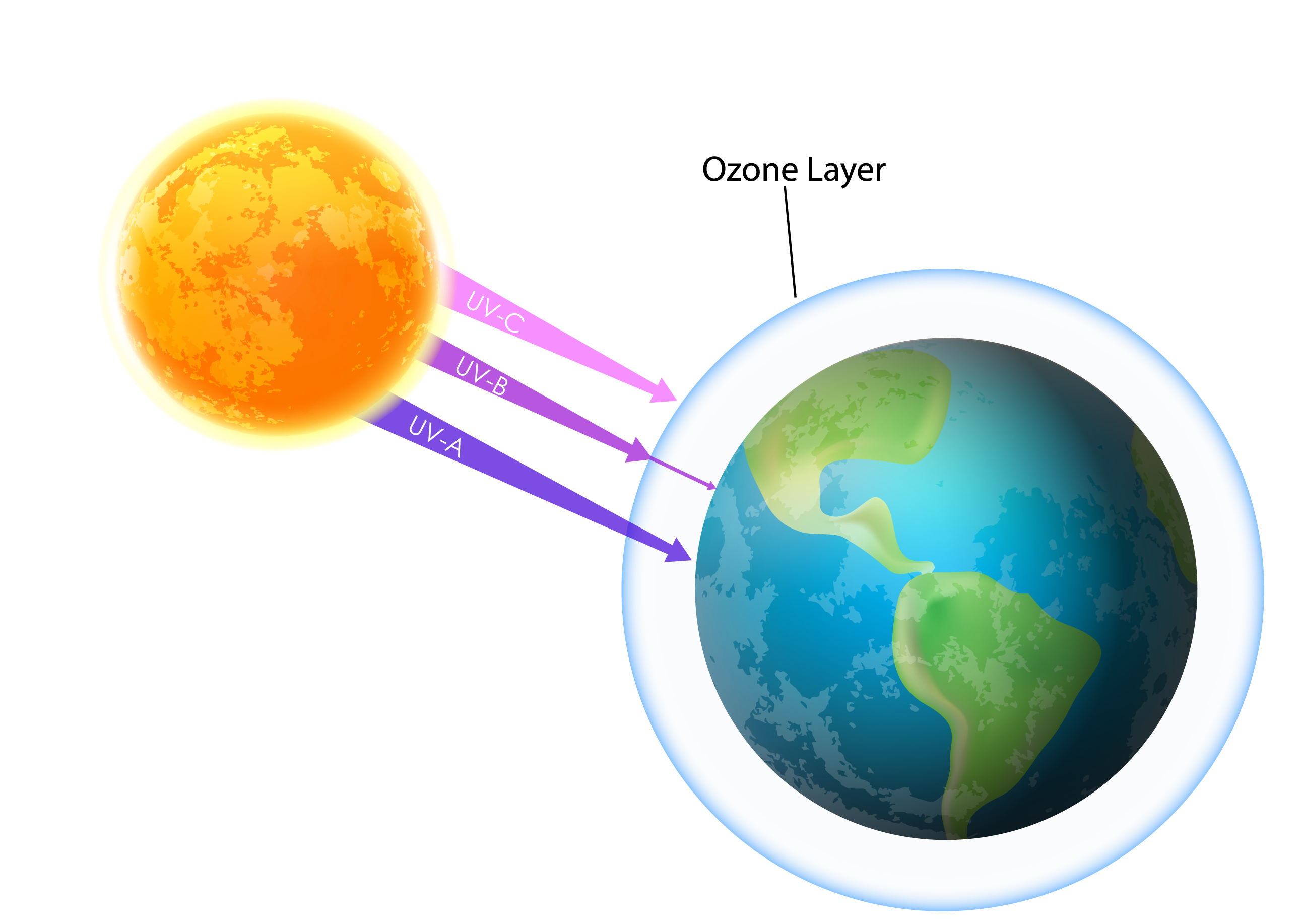The effective germicidal strength of UV light is called fluence, which is measured in joules (or mili-joules). The fluence value for killing different microbes varies and depends on 3 values: the strength of the UV-C light, the distance from the object to be sterilized, and the time the UV-C light is used for irradiation. Research has shown that a UV-C fluence of 60mj/cm2 can neutralize 99.9% of microbes on surfaces.



